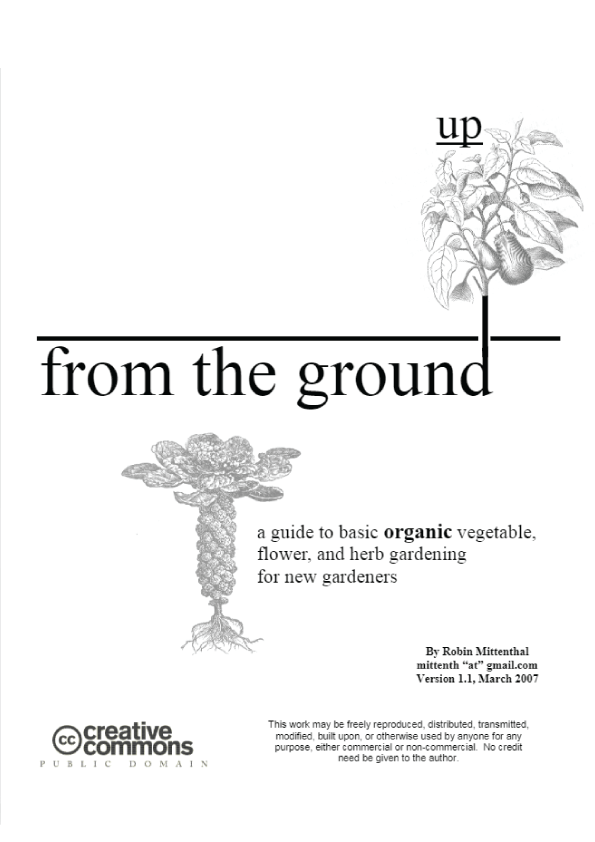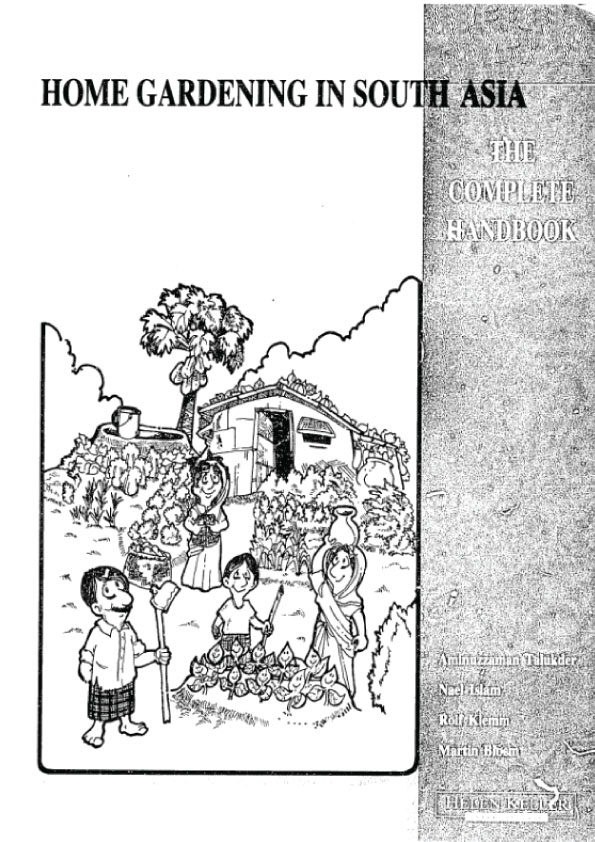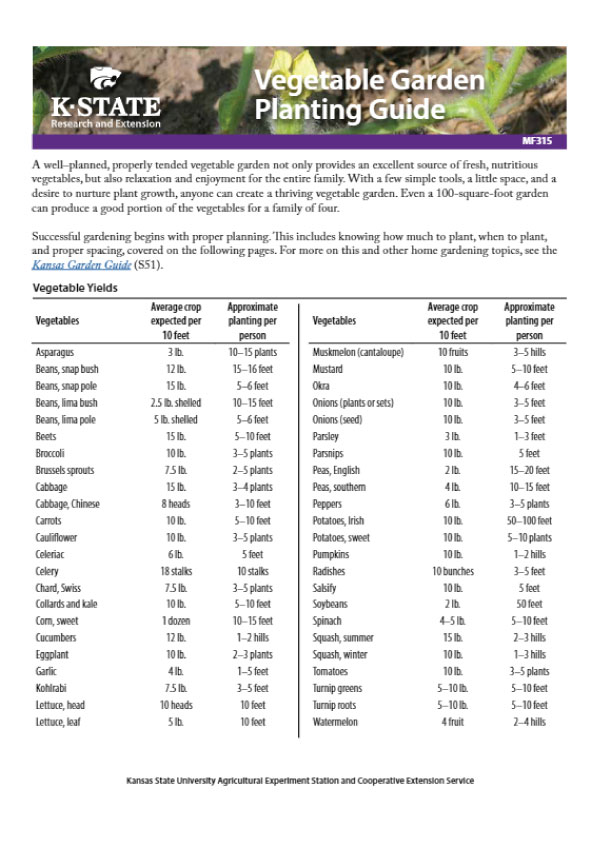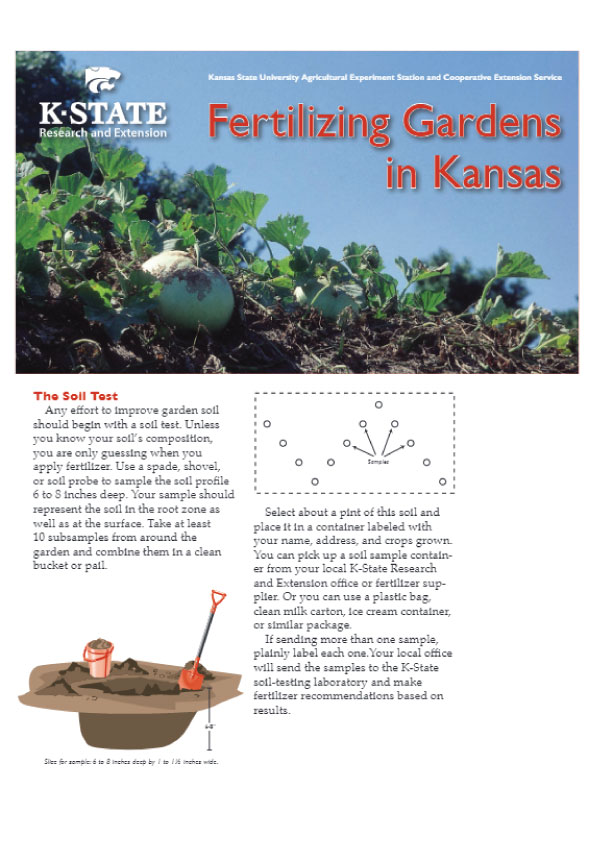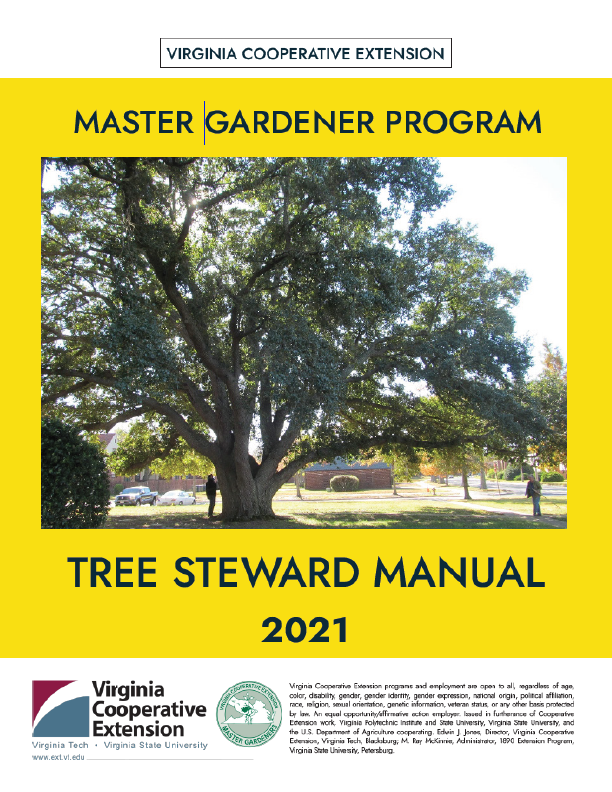Getting started as an organic gardener
The absolute minimum amount you need to know If you read nothing else from this guide, read the following 14 steps and give gardening a try. You may find that you don’t like it, or you may find that you like it enough to want to read more of the guide. Good luck!
- Think about the vegetables and herbs you enjoy eating and the flowers you enjoy looking at. Make a list of those you enjoy most, and think about which are hardest to find or most expensive to buy in stores – those are the ones you’ll want to grow. Sweet corn, winter squash, and watermelons are popular choices, but be aware that they take up a lot of space (winter squash, for example, should be planted at least 180 cm/6 ft apart). Other vegetables take more space than you might think – tomatoes, for example, should be planted at least 60 cm (24 in) apart. Some plants that get big (cucumbers and pole beans, for example) can be trained up structures called trellises so they take less space.
- Divide the crops you want to grow into cool-season crops (which do best in the spring and the fall) and warm-season crops (which do best in the summer). Common cool-season crops include beets, broccoli, cabbage, carrots, cauliflower, collard greens, kale, lettuce and other salad greens, peas, potatoes, radishes, spinach and turnips. These crops can survive cold weather (even some frost). Popular warm-season crops include beans, corn, cucumbers, eggplant, okra, peppers, pumpkins, squash, tomatoes, and watermelons. These crops need very warm weather to grow and cannot survive frost at all.
- Further divide the crops you want to grow into crops that can be grown from seed in the garden and those that are usually planted in a house or greenhouse and moved (or transplanted) into the garden as small plants. Of the crops listed above in step 2, broccoli, cabbage, cauliflower, collard greens, eggplant, kale, peppers, and tomatoes are almost always transplanted by new gardeners. Cucumbers, pumpkins, and watermelons are sometimes transplanted and sometimes not (buying or growing your own plants can protect the young plants from pests and cold weather that they would meet in the garden). Other plants are grown from seed.
- Using your lists from steps 2 and 3, above, figure out which plants you need to buy as seed and which you will buy as transplants. In late winter, go to a garden store or use a mail or internet cata- log to buy the seeds you need. You will buy the transplants when you need them later. If you are a new gardener, it is recommended that you plan to buy transplants at a nursery or garden store rather than growing them yourself.
- In April, or as early after that as you can, find a garden spot (or take whichever one you’ve been given). If you have a choice, your garden location should be flat and exposed to full sun all day.
- Use whatever tool(s) you have handy to break up the soil throughout your garden. If at all possible, add some fertilizer and soil amendments. Talk to an experienced person at a good garden store for suggestions about what to buy, emphasizing that you want to grow organically.
- Mark off the areas you plan to grow in with sticks. Leave paths in between that are at least 30 cm (12 in) wide.
- Use your tool(s) to prepare smooth beds where the topmost soil is very fine (no large lumps).
- Using the directions on the seed packets you bought, start planting seeds of cool-season crops (again, this can happen as early as the beginning of April for many crops). Leave space for the warm season crops, which will not get planted until late May or early June (or plant very quick-growing crops that will be finished by early June).
- Weed your garden regularly (at least once a week), and put down leaves, straw, newspaper, and/or cardboard around your crops to keep weeds from growing. Harvest crops as they mature.
- When all danger of frost has passed (in late May or early June), buy transplants of warm-season crops and plant them in the garden as quickly as you can after buying them.
- Continue weeding and harvesting through the summer, watering your garden thoroughly (for one hour or more) once a week if it has not rained.
- As cold weather approaches in October, begin replacing warm-season crops with cool-season crops as the warm-season crops begin to die.
- Harvest your garden for as long as you can.
Why garden?
There are as many reasons to garden as there are gardeners. With a little land, a few seeds and tools, and some fertilizer, anyone willing to put in the time and effort can grow a wide variety of delicious and nutritious vegetables (and perhaps some fruit, too). Growing your own vegetables can cost significantly less than buying them (unless you pay yourself to work in the garden), and the food you grow may be more nutritious than equivalent produce purchased at grocery stores. We live in an age in which food marketing is all about cholesterol, fiber, and this or that type of fat. Gardening helps you turn away from this absurdity and return to the idea of eating whole, nutritious, delicious food, as opposed to whatever “nutrients” the latest scientists, marketers, and journalists have told us might be best (or worst) for our health. Similarly, in an era in which many Americans are almost completely sedentary (or go to great lengths to “exercise”), gardening is a form of activity (strenuous or not-so-strenuous, as you choose) that has a useful end product and doesn’t require wearing lycra
tights. For those overwhelmed by the pace of modern life, gardening can provide a focused, mindful break from constant noise and rush. For others, the feeling of stewardship of a piece of land, of soil and plants, is important. For those with children, gardening can be an excellent way to introduce children to the natural world and to food production and preparation. Finally, many just plain find it enjoyable.
What more reason do you need?
